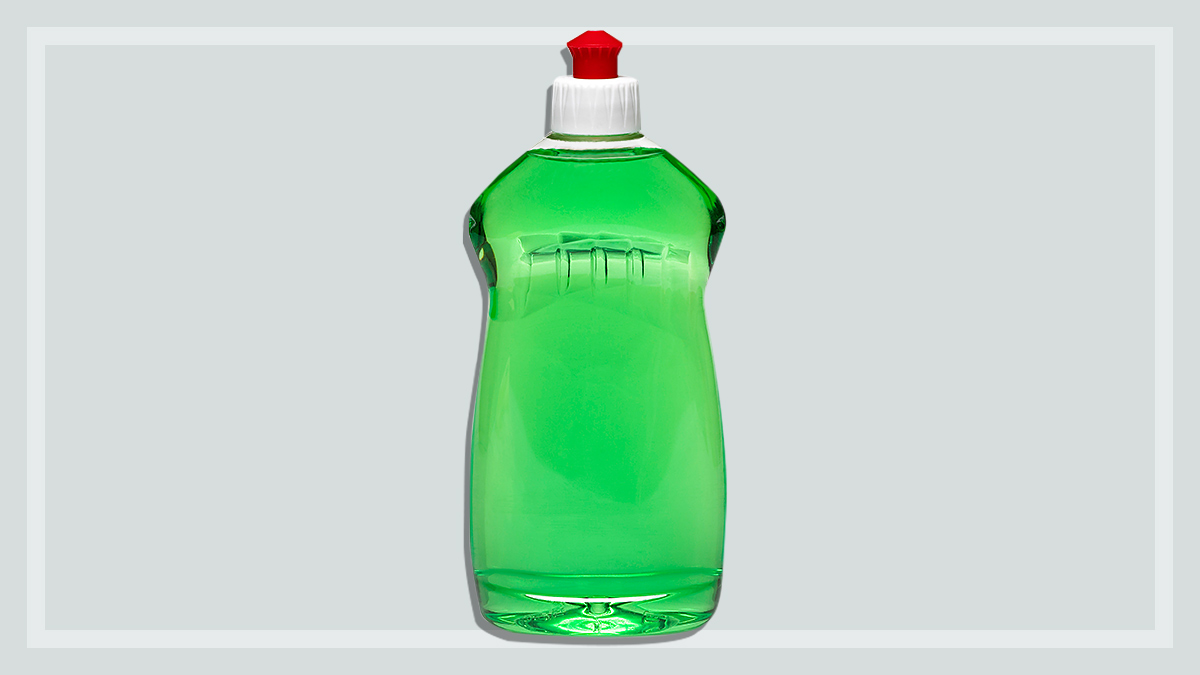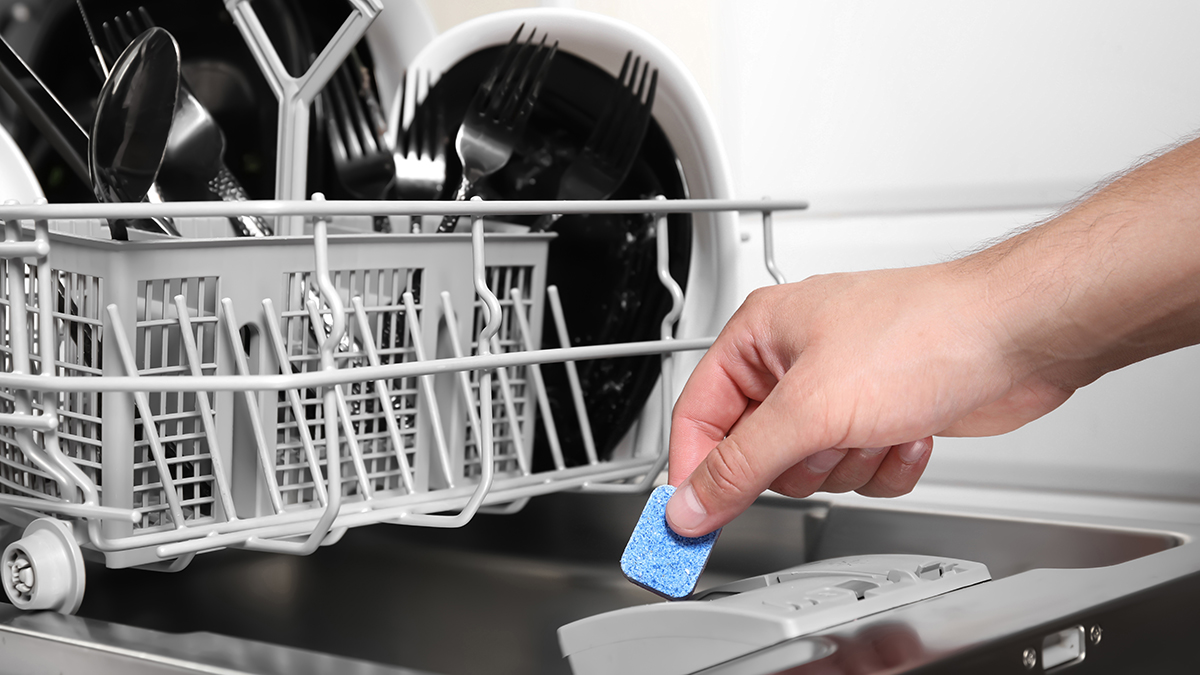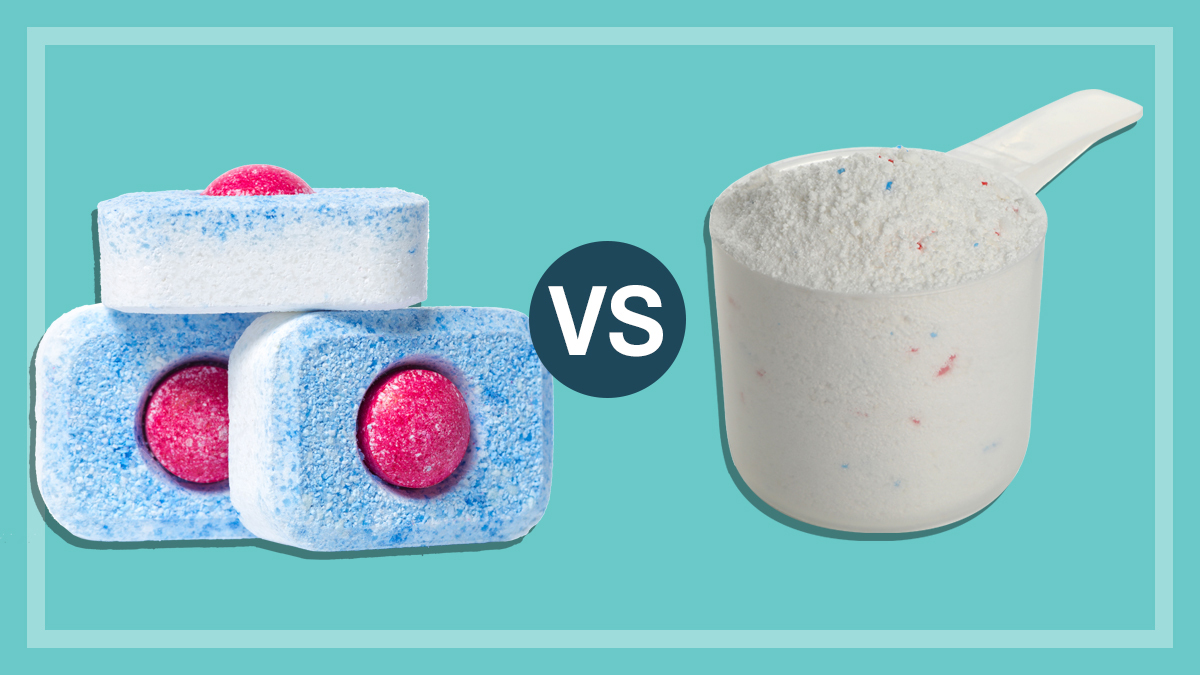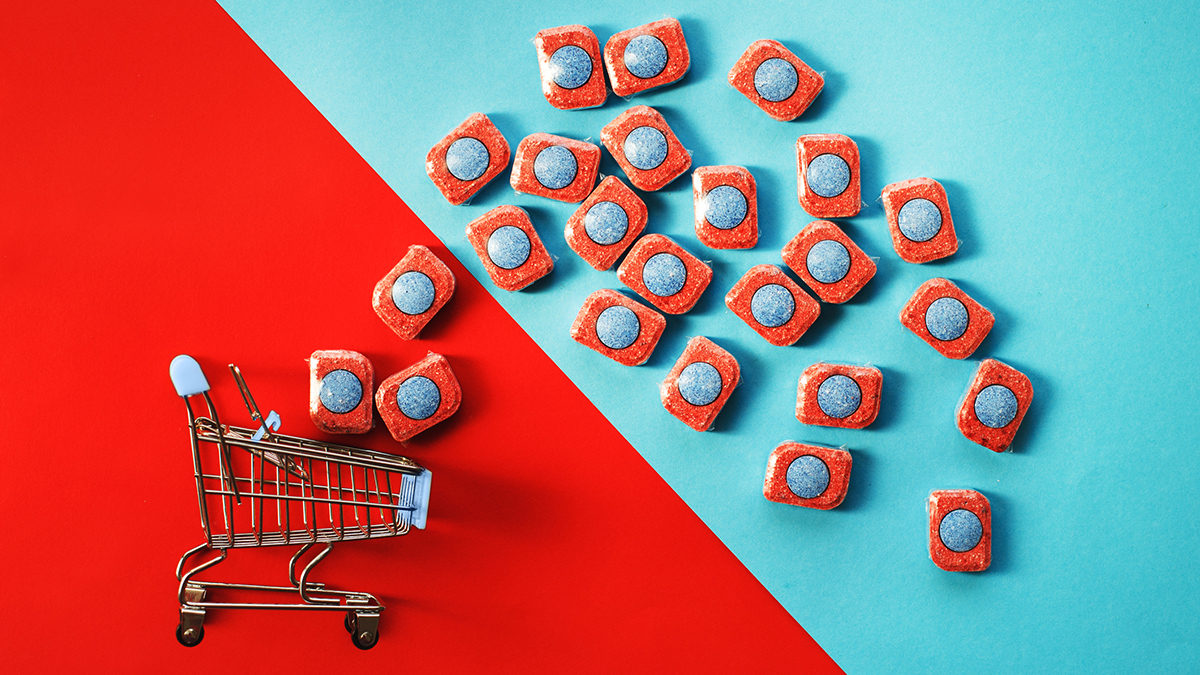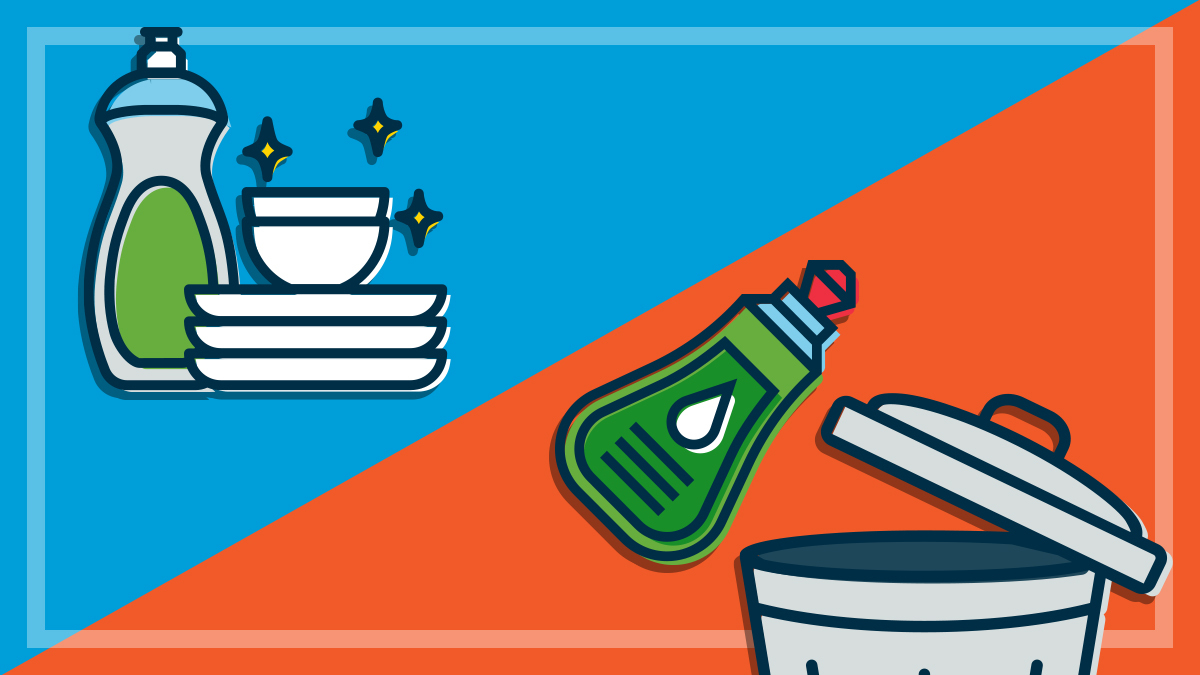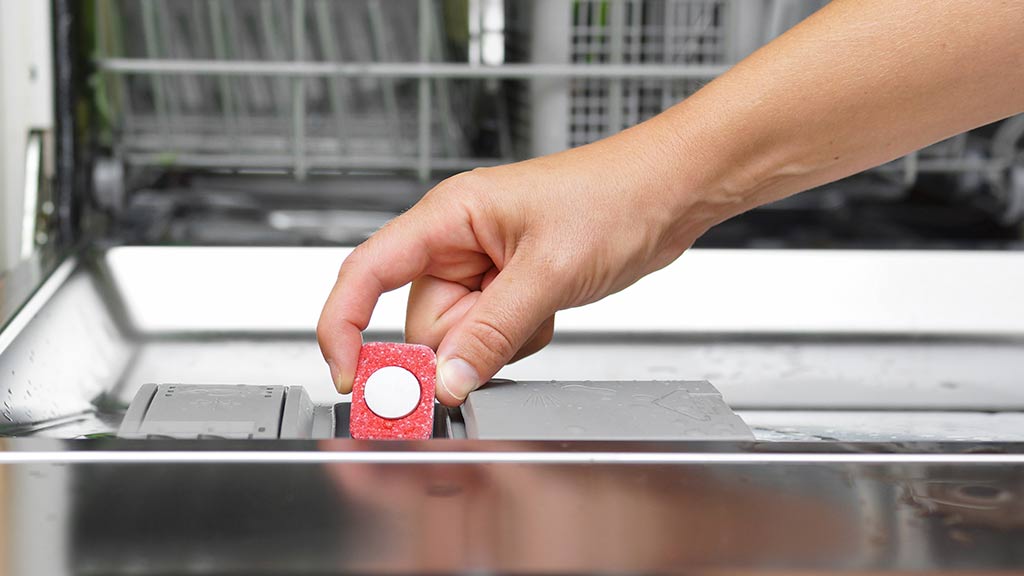Get our independent lab tests, expert reviews and honest advice.
How we test dishwashing liquids
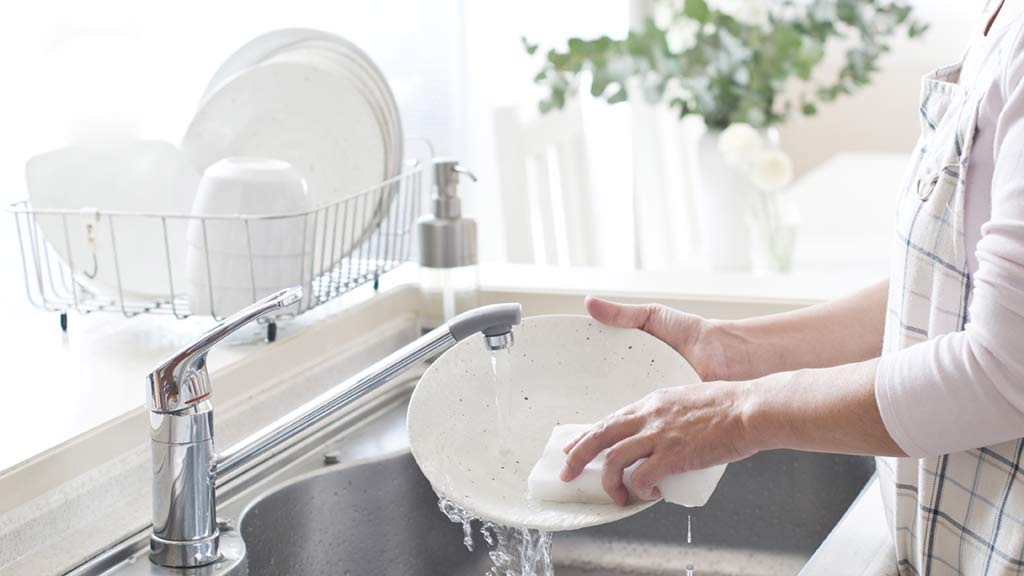
Whether you wash up dishes regularly or only sporadically and send the bulk of them to a dishwasher, having a dishwashing liquid that works well means less elbow grease from you. Here’s how we test them to make sure you only buy the best dishwashing liquids.
On this page:
- How we choose which dishwashing liquids to test
- How we test dishwashing liquids
- Test criteria explained
How we choose which dishwashing liquids to test
We test dishwashing liquids from major brands available in supermarkets and smaller companies available online. Our aim is to test the most popular brands on the market and what you’re most likely to see in stores.
We conduct a preliminary check to find what we can buy instore and survey manufacturers to find out about their range of products before putting together a final list that goes to our buyers. They then head out to retailers and purchase each product, or in the case of smaller brands, shop online, just as a regular consumer would. We do this so we can be sure the products are the same as any consumer would find them and not ‘tweaked’ in any way for better performance.
How we test dishwashing liquids
Scrub test
The plates we use in our test are pre-soiled with blends of different types of stains you’ll typically have to deal with at home – rice starch, bolognese and egg yolk.
The stained plates are soaked in a 1% solution of test detergent for 10 minutes before the tiles are placed in the scrubbing device. The plates are scrubbed a set number of times with a wet sponge.
Reflectance readings are taken before and after the cleaning process to determine the percentage of soil removed. Each product is tested four times, and the scores are averaged for consistency. The performance score is based on how clean each plate is after reading the result using a spectrophotometer.
Why we test this way
We originally started testing dishwashing liquids based on the industry standard which looked at how long their foam lasts, but soon realised that manufacturers were using cleaning agents (surfactants) that were better at creating foam rather than those that were better at removing grease.
This shift was because consumers are under the impression that more foam equates with better performance. But is this really the case?
Rather than counting the bubbles in your washing up water, our current testing emphasises the scrub test scores, as this will actually show you how well the detergent removes grime from your dishes.
We no longer include a foam test in our dishwashing liquid test, because grime removal is ultimately the best indication of a top performing product – the bubbles might look nice, but they really don’t do much to get your plates clean.
Why we don’t test chemical composition for environmental claims
Testing detergent samples for chemical analysis is prohibitively expensive, and CHOICE does not have a chemical lab onsite. We test criteria based on a balance of budget and performance, and most members tell us they’re more interested in how a dishwashing liquid performs rather than what it’s made of. However, if enough members ask us for detailed chemical analysis, we’ll forgo another test so that we can bring that to you.
Test criteria explained
The CHOICE Expert Rating, our overall score, is based on the scrub test as this is the best measure of how well a detergent will clean your plates. Scores are rounded to the nearest 5% to account for margin of error.
We recommend dishwashing liquids with a CHOICE Expert Rating of 70% or higher.

